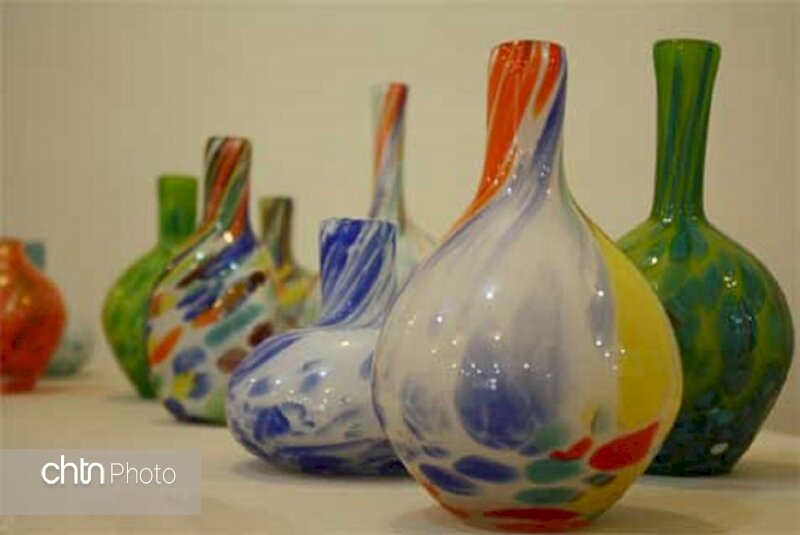Course examines standards to be enforced in traditional glass workshops

TEHRAN – Certain standards, which should be enforced in traditional glass workshops, were discussed in a training course held on Saturday for a host of glassmakers and related individuals in Tehran province.
It was the first course of its kind held for glass-blowing workshops in Varamin that produces some 70 percent of Iran’s glassware and crystal.
Glass blowing is a glass-forming technique that humans have used to shape glass since the 1st century BC. The technique consists of inflating molten glass with a blowpipe to form a sort of glass bubble, that can be molded into glassware for practical or artistic purposes.
Varamin, a hectic hub of glass production with 100 active workshops, annually exports some two trillion rials ($47.6 million at the official rate of 42,000 rials) worth of glassware to the Persian Gulf littoral states and some European countries, according to Zhila Khodadadi, who presides over Varamin’s cultural heritage and tourism office.
She also noted that $5 million worth of handmade glassware and crystals were exported directly and indirectly from Varamin to other countries during the last Iranian calendar year 1398 (ended on March 19, 2020).
Iran exported $523 million worth of handicrafts during the past calendar year 1398 (ended March 19). Of the figure, some $273 million worth of handicrafts were exported officially through customs, and about $250 million was earned via suitcase trade (allowed for customs-free and tax-free transfer) through various provinces, according to data provided by the Ministry of Cultural Heritage, Tourism and Handicrafts.
Ceramics, pottery vessels, handwoven cloths as well as personal ornamentations with precious and semi-precious gemstones are traditionally exported to Iraq, Afghanistan, Germany, the U.S., the UK, and other countries.
AFM
Leave a Comment